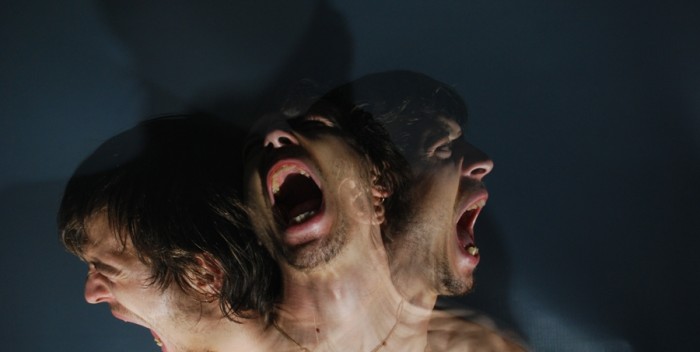Symptoms and causes of schizophrenia
Spring is a time of exacerbation of various diseases. The mental sphere, including. How to recognize a mentally unhealthy person in your environment? The topic of the article is schizophrenia, symptoms, causes, treatment.
Content
The causes of schizophrenia 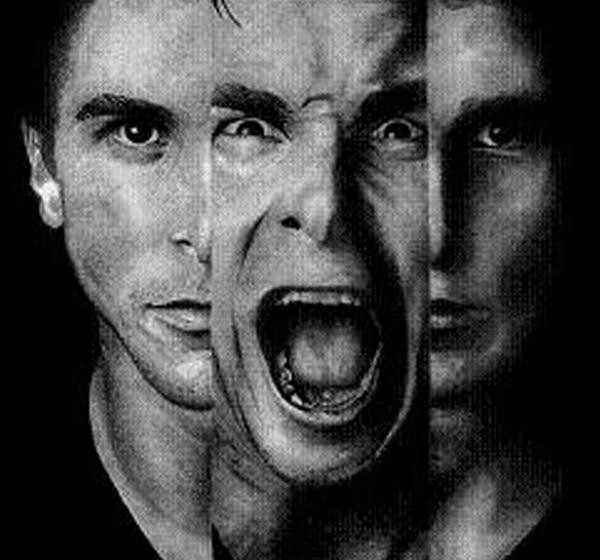
Schizophrenia is a disease that occurs under the influence of internal changes in the body. It can be permanent or appear in the form of seizures. The essential difference between this ailment is that it arises on its own, regardless of the influence of external factors. The appearance of other ailments of a psychological nature is due to external factors. This disease has several names - Bleuler's disease, discordant psychosis, early dementia. Therefore, it will be correct to use this diagnosis in the plural.
There is an opinion among the people that a schizophrenic is necessarily a person whose intelligence is below average. In a simple way - a fool. In practice, however, this is absolutely wrong. People with this diagnosis are often smart enough. History keeps the names of scientists and other notable personalities who suffered from this mental disorder. Nobel, Gogol, Fischer, etc.
The main cause of this disease is the distortion of the perception of the world. Incorrect work of the brain. For example, a healthy person takes the color of the sky for granted, a natural process. The schizophrenic believes that this is the result of someone's activity, that the sky has been painted.
The following factors are considered to be the main causes of this disease:
- An increase in the concentration of the hormone dopamine, which provokes the production of an increased number of neuronal impulses. What disrupts the work of the GM.
- Increased secretion of serotonin by the body. As a result, there is a difficulty in transmitting the impulse of the brain.
- Excess adrenaline.
- Individual pathologies in the structure of the GM. Exacerbation occurs under the influence of viruses or bacteria. That is, the origins of the disease in genetics.
Schizophrenia symptoms 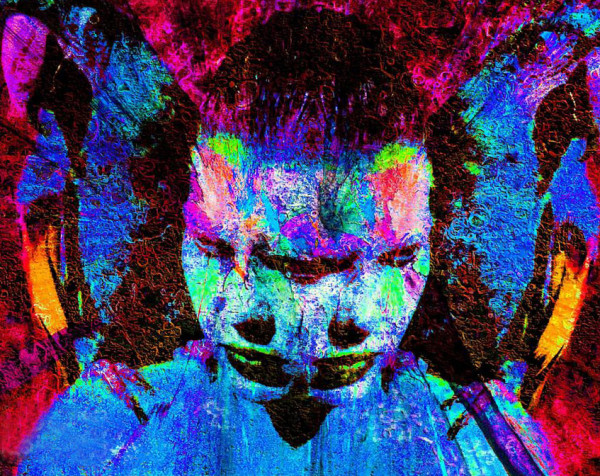
In fact, there are a lot of symptoms of this ailment, but the following can be considered the main signs:
- "Voices" in the head;
- feeling as if someone is controlling mental activity;
- mental reception of radio waves;
- personal interpretation of the surrounding world, different from the generally accepted one;
- failure of the differentiation of the concepts of "I", "not me".
There is a theory that schizophrenia is a very slow lingering dementia. It is a proven fact that people suffering from this disease have less GM volume than healthy people.
The onset of the disease does not depend on gender, but men are subject to mental changes at an earlier age, and the disease is usually more severe than in women.
But it has a direct consequence of the quality of life. People whose incomes are below average are more likely to get sick. Because they regularly experience stress. The same applies to emotional, hot-tempered people and citizens whose profession implies stress- doctors, military, etc.
The first signs of schizophrenia 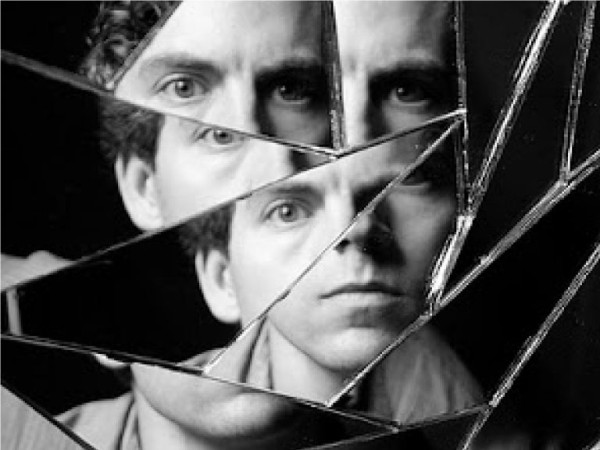
Among the signs of schizophrenia, it is worth noting the following areas of mental activity, in which there are disorders:
- Alogy or disorder of logic. Difficulties in dialogue are observed, a tendency to monosyllabic answers. That is, the patient is not able to immediately give a deployed answer, have to ask leading questions. For example, a simple question "where are you going?" may take much longer than originally anticipated. Because an unhealthy person will give a very meager answer, like "straight", "to turn the corner", "to the store." Instead of "to the store around the corner, I want to buy bread."
- Inadequacy, affect. Inappropriate behavior. At the same time, there is an absolute polarization of a person's inner experiences and external manifestations of emotions. For example, during a stressful situation, the patient will not show excitement or fear, but will laugh or dance.
- Autism. Complete withdrawal into the world of your thoughts, dreams. Maximum delimitation of oneself from the outside world. A complete lack of a sense of humor, the perception of all phrases in the literal sense.
- The simultaneous feeling of conflicting feelings about one subject. For example, loving and hating cats at the same time. There are 3 types:
- emotional, different feelings about the same people, events, objects;
- strong-willed, constant fluctuations during decision-making;
- intellectual - the presence of thoughts that are mutually exclusive.
- Signs that did not appear earlier - hallucinations, illusions, delirium, catatonia (chaotic movements, incomprehensible postures, trance), incoherent speech, disturbance in thinking.
- Negative indicators. Mood swings, loneliness, apathy, decreased physical activity.
Among the primary factors of an incipient ailment, the following are noted:
- the patient refuses simple actions, because he does not see logic in them - why eat if you still get hungry;
- difficulties in formulating long sentences;
- paucity of facial expressions, avoiding eye contact with the interlocutor;
- distraction of attention, difficulty with concentration;
- loss of interest even in what previously brought positive emotions.
Types of schizophrenia 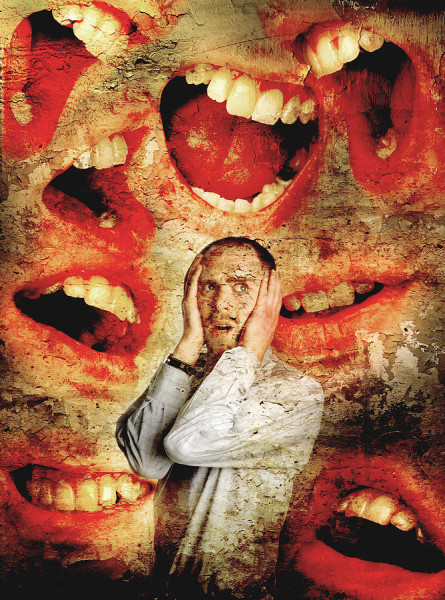
Like other diseases, this disease has its own stages of development. Namely:
- Primordial stage. Slight inadequacy, suspicion. Primary changes in the patient's personality occur.
- Premonitory. Problems arise with attention and simple duties. The patient strives more and more to isolate himself from the world, to withdraw into his dreams. Avoids contact even with relatives and close people.
- First episode. The appearance of delusional ideas, hallucinations and obsessions. A state of constant depression.
- Remission. Temporary cleansing of consciousness, all symptoms disappear completely. It is temporary, the duration depends on the individual characteristics. After a lull, all signs sharply worsen.
This ailment has the following varieties, depending on clinical indicators:
- Hebephrenic type. Violation of the process of generating thoughts and emotions. He is accompanied by mood swings.
- Paranoid. Characterized by the presence of hallucinations and delusions, megalomania, or persecution.
- Catatonic.
- Undifferentiated.
- Residual.
- Plain. Or a hidden type. The course of the disease can be overlooked, since the symptoms are not pronounced. The main peak occurs in adolescence. This type of ailment can be recognized by the presence of such signs as neglect of one's own appearance and the rules of personal hygiene, the presence of strange turns of phrase, invented words in speech, complete apathy towards the world around.
- Subsequent depression.
Depending on the course of symptoms, the following stages of schizophrenia can be distinguished:
- Malignant.
- Sluggish. There are no vivid bouts of the disease, just the patient is experiencing various personality disorders.
- Paroxysmal.
- Paranoid... Mostly pursuit mania.
- As the temperature rises.
- Puberty lingering.
- Children's.
Schizophrenia treatment 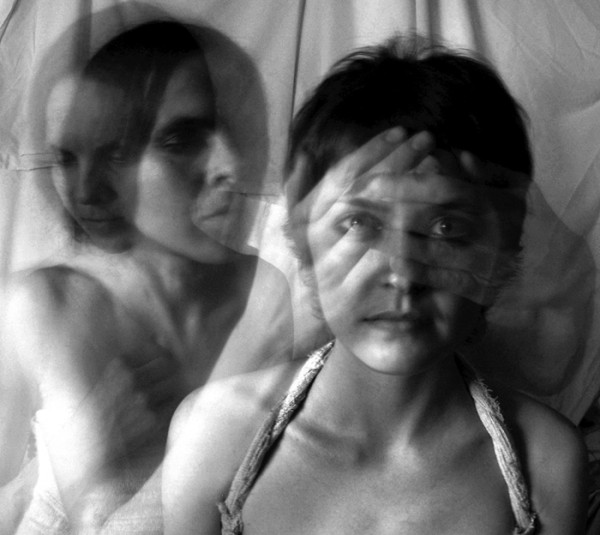
It is worth remembering that self-treatment of this ailment is unacceptable. Only a qualified specialist will be able to reliably identify the cause of the disease and prescribe quality treatment.
Treatment of this disease occurs using 2 methods of therapy:
- Biological therapy. The use of various drugs to relieve symptoms. Recently, the stem cell method has been used, it is considered very successful.
- Psychosocial methods. Behavior correction, family and psychotherapy. They help to increase the period of remission and make biological methods more effective.
Remember, treatment for this complex mental disorder is not quick. Depending on the severity, therapy can take from 3 years.
Effectiveness can depend on the following indicators:
- Duration of the disease. The sooner it is found, the easier it is to cure.
- Ailment in adolescence is much more difficult to treat than later.
- A surge of exacerbation is cured an order of magnitude better.
- A calm, harmonious personality is more amenable to therapy than those who were initially infantile or low in intelligence.
- A disease caused by strong emotional upheaval is treated much more effectively than a disease that has arisen for no apparent reason.
- The degree of damage to the mind. The more the memory, thinking and other signs of the patient have undergone decay, the more difficult it will be to return him to normal life.
Schizophrenia in children 
Anyone can be susceptible to this disease - both old and young. Unfortunately, childhood schizophrenia is not uncommon. It is conventionally considered to be a "childish" period from 0 to 14 years. In psychiatry, this age is divided into groups, each with its own schizophrenic diagnosis:
- Up to 3 years old. Early age.
- Up to 5 years old. Preschool age.
- The interval is from 5 to 7 years.
- School age from 7 to 14 years old.
It is difficult to accurately identify the signs of this disease in childhood. This is due to the immaturity of the psyche.
Factors that can affect the development of this ailment in children:
- at the time of delivery, the mother was over 35 years old;
- features of genetics;
- dysfunctional family, regular stress;
- intrauterine infection;
- lack of nutrients during pregnancy;
- the child's use of psychotropic or narcotic substances.
How to recognize a disease at an early age?
Signs of childhood schizophrenia:
- perception of others as aggressive objects, every word of parents is considered derogatory;
- hallucinations, more often visions of monsters or strange sounds;
- slovenliness, neglect of hygiene;
- sudden attacks of fear of an unknown nature;
- the desire for loneliness;
- too strong emotionality, laughter and tears can occur at the same time;
- low concentration and rapid loss of interest in everything;
- dialogue is more like a set of words;
- craving for destruction.
If you find any of the signs in a child, immediately contact a specialist.
